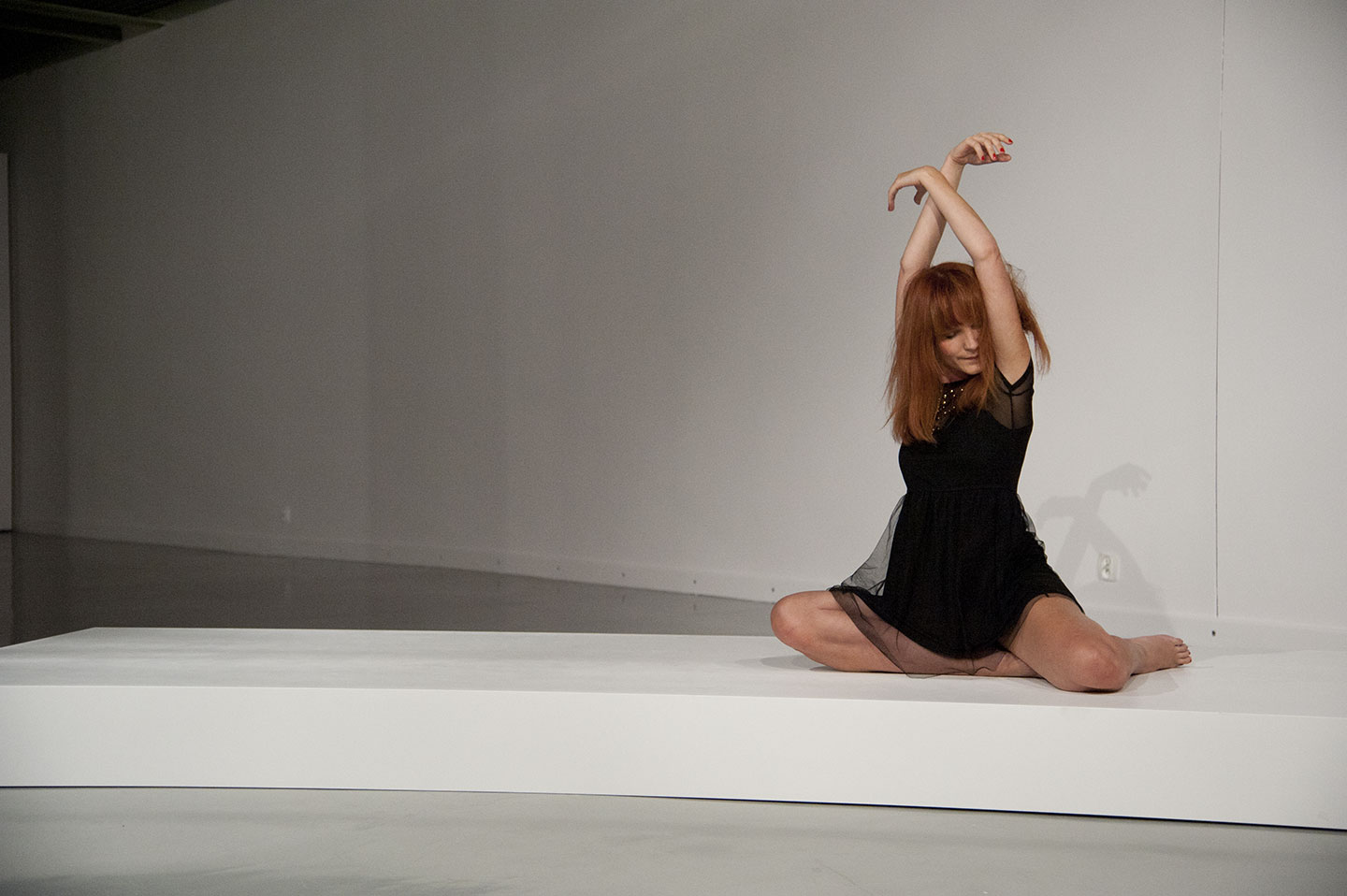Here in Warsaw we are still suffering from the terribly anti-Semitic events of March 1968. However, certain steps have also been undertaken to revisit May 1968. See Ewa Majewska and Paweł Krzaczkowski, 50x68 KDA, Museum of Modern Art in Warsaw, publicly launched on May 13, 2018.
Bonnie Honig, Antigone, Interrupted (Columbia University Press, 2013).
Lauren Berlant, “The Subject of True Feeling,” in Cultural Pluralism, Identity Politics, and the Law, eds. A. Sarat and T. Kearn (University of Michigan Press, 1999).
Some parts of the show staged at the Museum of Art in Łódź, Poland, were recorded and are available online, together with English-language texts on the piece →.
See the Situationist International’s definition of détournement in “Détournement as Negation and Prelude” (1959) →. Hélène Cixous, Medusa’s Laughter, trans. Keith Cohena and Paula Cohen, Signs 1, no. 4 (Summer, 1976): 875–93.
Sara Ahmed, Willful Subjects (Duke University Press, 2014).
Krystian Szadkowski, Uniwersytet jako dobro wspólne (PWN, 2015).
Nancy Fraser, “How feminism became capitalism’s handmaiden—and how to reclaim it,” The Guardian, October 14, 2013 →.
For a concise description of the “gender wars,” see Elzbieta Korolczuk, “‘The War on Gender’ from a Transnational Perspective—Lessons for Feminist Strategising” →.
For information on the International Women’s Strike, see →.
The rejection of compromise became the theme of a feminist action in Poznań carried out by Zofia Holeczek, Marta Szymanowska, and Joanna Zioła. A clip can be seen here →.
For the common, see Antonio Negri and Michael Hardt, Commonwealth (Harvard University Press, 2009); and Gerald Raunig, “Occupy the Theater, Molecularize the Museum!” in Truth is Concrete, ed. F. Malzacher (Sternberg Press, 2014).
